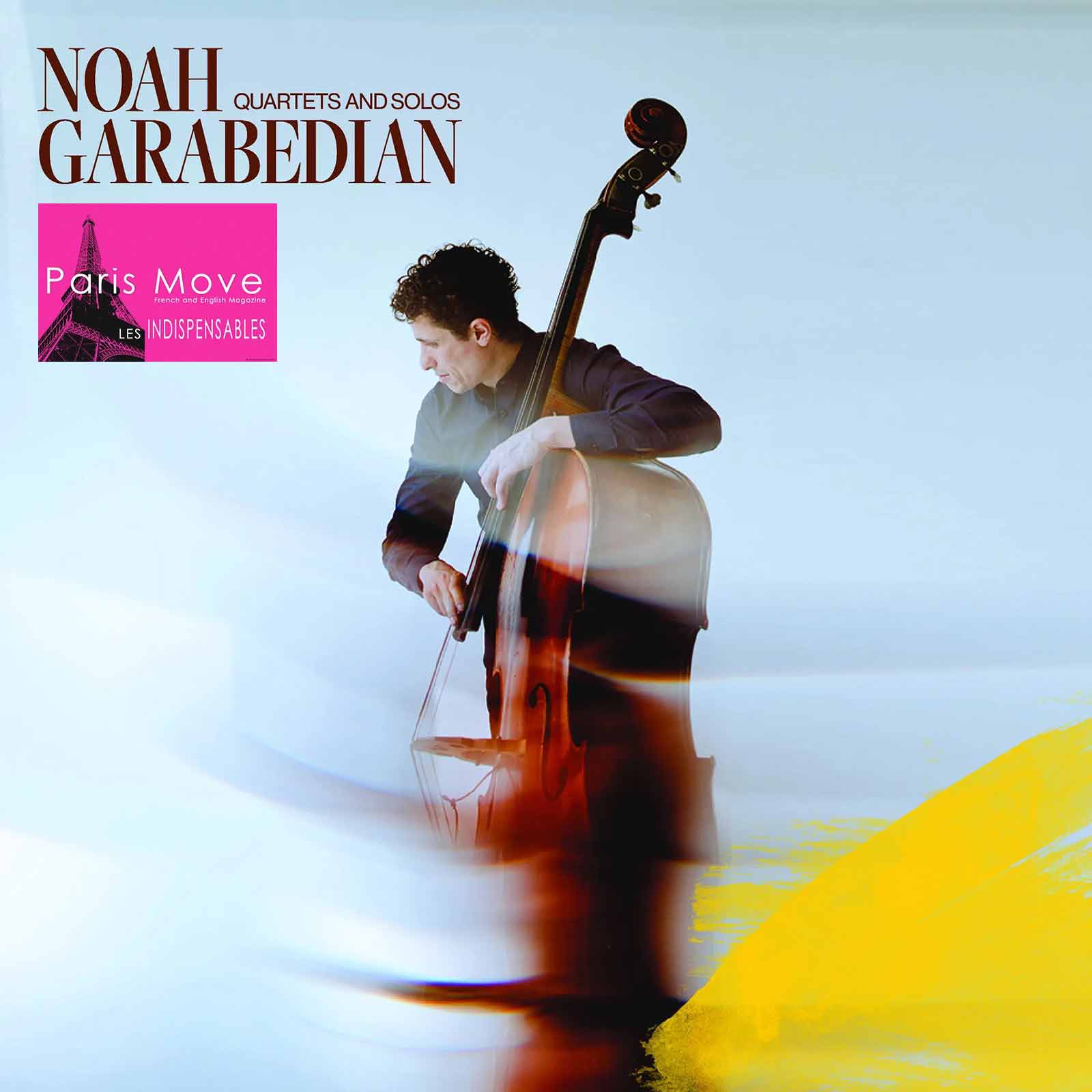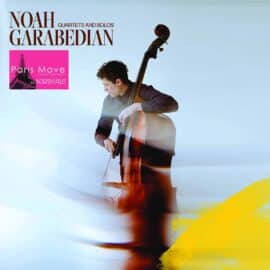| Jazz |

Shadows, Light, and Silence: The Intellectual Jazz of Garabedian’s New Album.
Every so often, a jazz album appears that feels less like a recording session and more like a philosophical proposition. Bassist and composer Garabedian’s latest project is one of those rare works, a record that operates in contrasts, conceived as a meditation on shadow and light. Its framework alone signals ambition: the shadows, represented by the solos, cast depth and dimension on the brighter interplay of the quartet. The concept is daring, even cerebral, and it demands a listener willing to meet it on contemporary terms. This is not an album designed for casual background play; it asks for reflection, even surrender.
For Garabedian, the album is as much about the people who shape his world as it is about his own compositional voice. He speaks with deep affection of saxophonist Dayna Stephens, whose presence hovers over the music like a guiding spirit. “Throughout my life, he has been a mentor, a teacher, an inspiration, a colleague and a friend,” Garabedian says of Stephens, whom he first met when the saxophonist was his counselor at Feather River Jazz Camp in the San Francisco Bay Area. What stands out most, he explains, is Stephens’s mastery of silence: “When I think of Dayna on saxophone, I think of patience; he is the king of using silence in music and developing motifs.”
That emphasis on silence is not incidental. It is central to the album’s identity, and indeed to Garabedian’s creative philosophy. The way silence punctuates sound here recalls a lineage that stretches back through Purcell and Satie, composers who understood that rests can carry as much weight as notes. Silence functions like breath, giving each piece its own respiration, its own living pulse. Across the record, every composition seems to inhale and exhale at a distinct tempo, producing a music that is both contemplative and deeply human.
Garabedian’s artistic partnerships also shape the record in crucial ways. He recalls meeting pianist Carmen Staaf at the Stanford Jazz Workshop in 2015 and has since come to admire her ability to translate intention into sound. “She makes every instrument sing with expressiveness,” he says. More than that, he points to her compositional instincts: “She makes everything work, no matter what is happening musically. In the deepest, densest chaos, she gives everything meaning.” Listening to Staaf on this album, it is easy to understand what he means, the piano often acts as both anchor and compass, guiding the music through complexity with clarity.
At its core, the album wrestles with the tension between solitude and community, a theme Garabedian returns to repeatedly. “Community and socialization are essential ingredients of music, particularly improvised music,” he explains. “But as I’ve grown older, I’ve learned to celebrate solitude as well, to find comfort in isolation.” This push and pull defines the project’s architecture: expansive ensemble conversations balanced by spare solo meditations, each revealing a different dimension of artistic identity.
That duality is what makes the record so compelling. “Artistic creation doesn’t appear out of nowhere; it grows out of a deep source, nourished by the community that teaches you, feeds you, and sustains you,” Garabedian notes. “But it also comes down to will, the frequency and persistence of creating, evolving, producing.” The music embodies this philosophy, alternating between collective exploration and the distilled voice of a single instrument. In doing so, it offers not just variety but a dialogue about where creativity is born and how it is sustained.
The solos, Garabedian emphasizes, are far from ornamental. “The solo compositions are very intentional and cohesive, and each one was written for a specific musician,” he says. “Dayna, Carmen and Jimmy are all fantastic musicians, but with the solos I tried to capture the unique qualities of each, to build on what makes them special. Think of the solos as appetizers: always flavorful, a little shorter, a little less dense.” They function as concentrated portraits, snapshots of individuality within the larger mosaic of the quartet.
What is striking, from the opening track onward, is Garabedian’s willingness to step back, to allow others to occupy the spotlight in service of the music’s architecture. It is a gesture of humility but also of clarity: the recognition that beauty often emerges when the composer’s ego yields to the collective voice. In an era when jazz albums can sometimes feel hurried or formulaic, this record insists on depth over polish, substance over surface.
The result is an album that feels at once modern and timeless, a work that nourishes the intellect while lifting the spirit. It invites the listener to dwell not only on the notes that are played, but on the silences that surround them. And in that space between sound and silence, shadow and light, one finds music that breathes.
Thierry De Clemensat
Member at Jazz Journalists Association
USA correspondent for Paris-Move and ABS magazine
Editor in chief – Bayou Blue Radio, Bayou Blue News
PARIS-MOVE, September 3rd 2025
Follow PARIS-MOVE on X
::::::::::::::::::::::::
Musicians:
Noah Garabedian – Bass
Dayna Stephens – Tenor Saxophone and EWI Carmen Staaf – Piano
Jimmy Macbride – Drums
Samuel Adams – synths, effects, programming
Produced, edited, and mixed by Samuel Adams
Mastered by Dayna Stephens
All songs composed by Noah Garabedian except To Speak Or Sing Softly, composed by Samuel Adams.
Recorded at Samurai Hotel Recording Studio by David Stoller, September 15 and 16, 2024.
Track Listing
- Welcome Home
- Fast Slow
- The Most Beautiful One
- Late Stage Epiphany
- Snap Pop
- To Speak or Sing Softly
- To Swim Below
- Casual Friday
- The Mayor of Malibu
- To Remain Alive
- To Dance Underground
- The Hawk
- Dogwood
Tour Dates:
Saturday, August 16 – Bar Bayeux, Brooklyn
Thursday, August 21 – Sam First, Los Angeles
Friday, August 22 – The Sound Room, Oakland
Saturday, August 23 – The Palo Alto Arts Center, Palo Alto
Sunday, August 24 – Chez Hanny, South San Francisco
Thursday, October 9 – Close Up, New York City
Friday, October 17 – Rudy’s Jazz Room, Nashville

